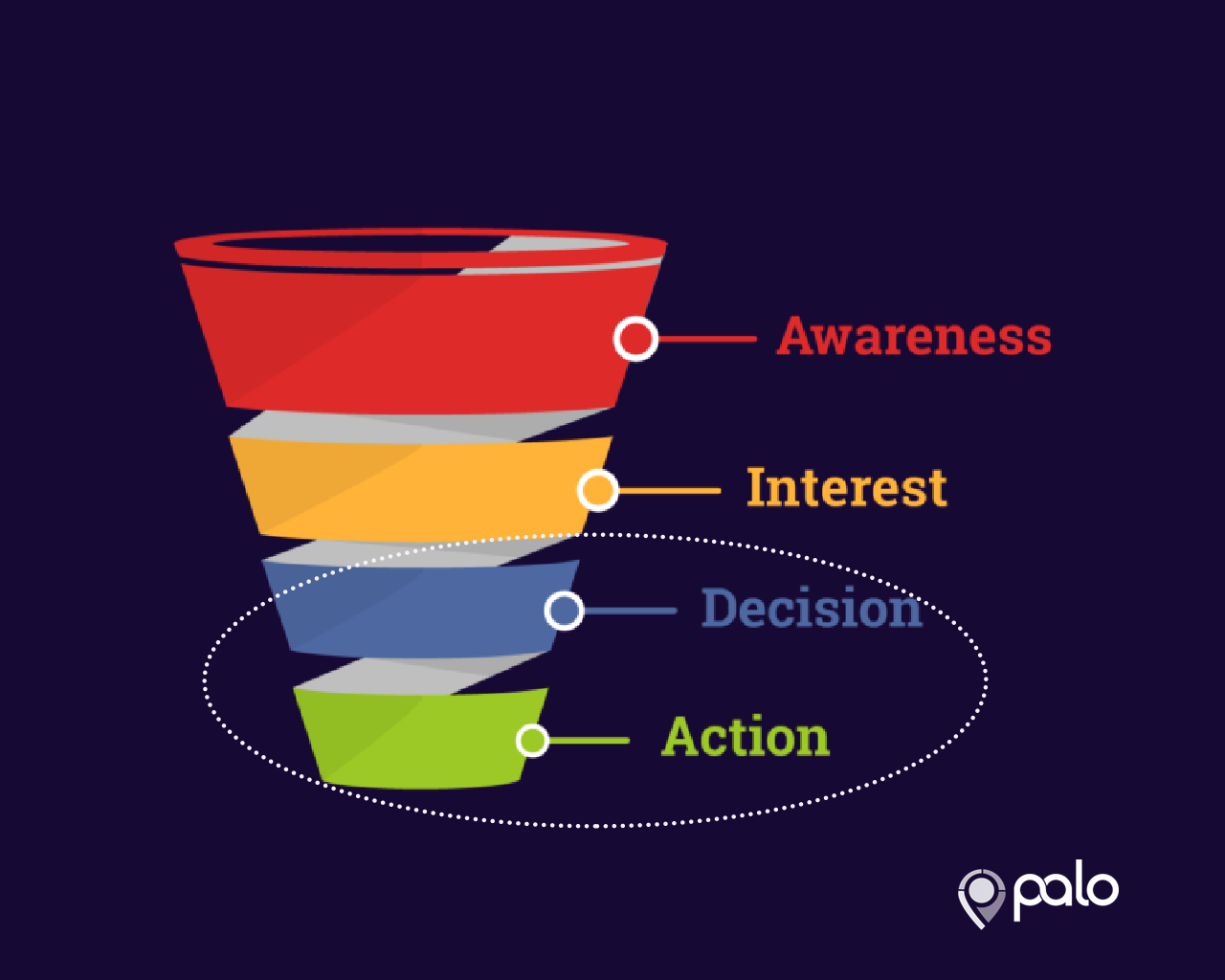
Phonetic Alphabet in Call Centers: Why It Is Important
As customer demands become more complex and the need for premium services increases, call centers are under increasing pressure to adjust and become more efficient in their operations.
In today’s increasingly virtual working environment, call center managers must equip their staff with tools and resources that help them provide excellent customer experience.
This could mean investing in AI chatbots, cloud technology, and omnichannel communications.
However, one simple, less technical, and affordable tool that many call centers fail to leverage better to save time and improve customer experience is the NATO phonetic alphabet.
Today, we want to discuss the phonetic alphabet, how it works, and how it can improve customer communications in call centers. Read on to learn more.
What Is the Phonetic Alphabet?
The phonetic or spelling alphabet is a set of words, each starting with a different alphabet letter. When pronounced, each word stands for the letter it starts with.
The first phonetic alphabet was created by NATO in 1955. Its purpose was to clear misunderstandings over the diction of letters.
This alphabet is very helpful today in the age of increased phone conversations, as you probably have mistaken B for a P or M for an N. But it is even more valuable in call centers.
How Does the Phonetic Alphabet Work?
Every word in the phonetic alphabet represents a letter in the English alphabet. For instance, Alpha represents the letter A, Bravo for the letter B, and so on.
Every letter in a word or cluster of words is pronounced according to its corresponding word in the phonetic alphabet.

Using the phonetic alphabet can help reduce confusion between similar-sounding letters or numbers by defining them.
For example, you can easily mix up the sounds of the letters B and D when speaking. However, the phonetic alphabet distinguishes them by using Bravo to represent the letter B and Delta to represent D.
Why Use a Phonetic Alphabet?
A phonetic alphabet can make communication more accurate and efficient when noise is in the background, or people have different dialects.
This is especially important in call centers where agents need effective client communication to provide top-notch customer service.

Call center agents can use a phonetic alphabet to obtain customer data accurately, such as names, addresses, and account numbers.
This reduces the risk of errors and prevents erroneous or delayed services, which may jeopardize the client experience.
When the Phonetic Alphabet Can Be Useful in the Call Centre
Some businesses think that the phonetic alphabet is too formal for coaching advisors. But in reality, a tool designed to clarify communication can be helpful.
Call centers, particularly, can use it to:
Record customer information
You can use the phonetic alphabet to spell difficult names and get addresses and postcodes right. That would help clarify information obtained from customers during phone calls.
Share information with customers
When sharing your web link or other information, use the phonetic alphabet to avoid any misunderstanding. Doing this can especially help vulnerable customers who may have hearing difficulties.
Break down language/dialect barriers
Again, not every client is proficient in the English language. Using the phonetic alphabet helps overcome language barriers and ensures accurate communication when a client has a heavy accent.
Benefits of Using the Phonetic Alphabet in a Call Center
Every business that provides top-notch customer service has a call center. These centers use skilled workers to respond to client inquiries and grievances, resolve issues, and offer general support.
Call centers use different technologies and tools to make their work simpler. One such tool that is highly helpful is the phonetic alphabet.
Using the phonetic alphabet benefits call centers in various ways, including:
Efficiency
The phonetic alphabet considerably improves the efficiency of call center services. Agents use the first letter of the caller’s last name to retrieve customer data quickly. Since agents spend less time searching for information and more time helping customers, this lowers response time.
Accuracy
The phonetic alphabet enables agents to record customer information correctly. They can quickly check customer records, including names, addresses, and phone numbers. This reduces the risk of errors and helps ensure customers receive accurate information.
Better customer experience
The phonetic alphabet further helps improve customer experience. When agents can quickly find and authenticate customer information, customers might feel their needs are being taken seriously. As a result, client retention and happiness increase, which helps build trust and confidence in the business.
Simplified training
The phonetic alphabet is a straightforward tool to learn. That means call center agents can learn how to use it quickly.

As a call center manager, you can simplify the training process to save money and time. Incorporate the phonetic alphabet in your systems and practices and ensure your agents are trained to use it.
Doing this will ensure your call center runs well and provides the best customer service.
Tips for Using the Phonetic Alphabet
The phonetic alphabet is a set of standardized symbols representing spoken language sounds. Telecommunications, aviation, and the military are some industries that widely use the phonetic alphabet.
This alphabet ensures that people understand words accurately, even in noisy environments.
- Practice – To use the phonetic alphabet quickly and accurately in a call center, a call center agent needs practice to get more comfortable with it.
- Don’t rush – Agents should speak clearly when using the phonetic alphabet so callers can understand them.
- Confirm – Call center agents should ask clients to repeat words when they doubt their spelling.
- Use more communication tools – Call centers can utilize other communication tools besides the phonetic alphabet, such as email, chat, or screen sharing, to ensure information is communicated clearly and efficiently.
- Be consistent – Consistency is key while using the phonetic alphabet. Ensure all agents use the same words and expressions. Doing this will prevent confusion and ensure accurate message comprehension.
- Offer training – Call center owners should train new hires on using the phonetic alphabet and offer refresher training to veteran staff members to ensure that call center personnel are up to speed with the most recent techniques and best practices.
Improve Your Business Calls Today
Providing accurate information in highly virtual work environments is important. This is especially true for call centers where customer service is paramount.
So, to collect more accurate customer information, reduce human error in customer records, and build a solid brand reputation, consider using the phonetic alphabet in your call center.
Educate your staff on the importance of the phonetic alphabet and train them to use it to deliver excellent customer service.
At PALO, we take pride in generating high quality inbound calls that can take your business to the next level.
We operate in different verticals and work around the clock to ensure your business has a steady supply of highly qualified leads ready to convert.
Contact us today to learn more about our business model and how we can help you.






